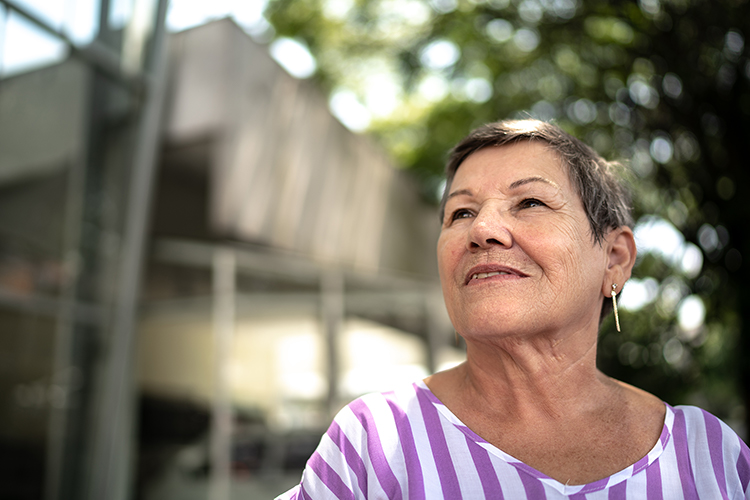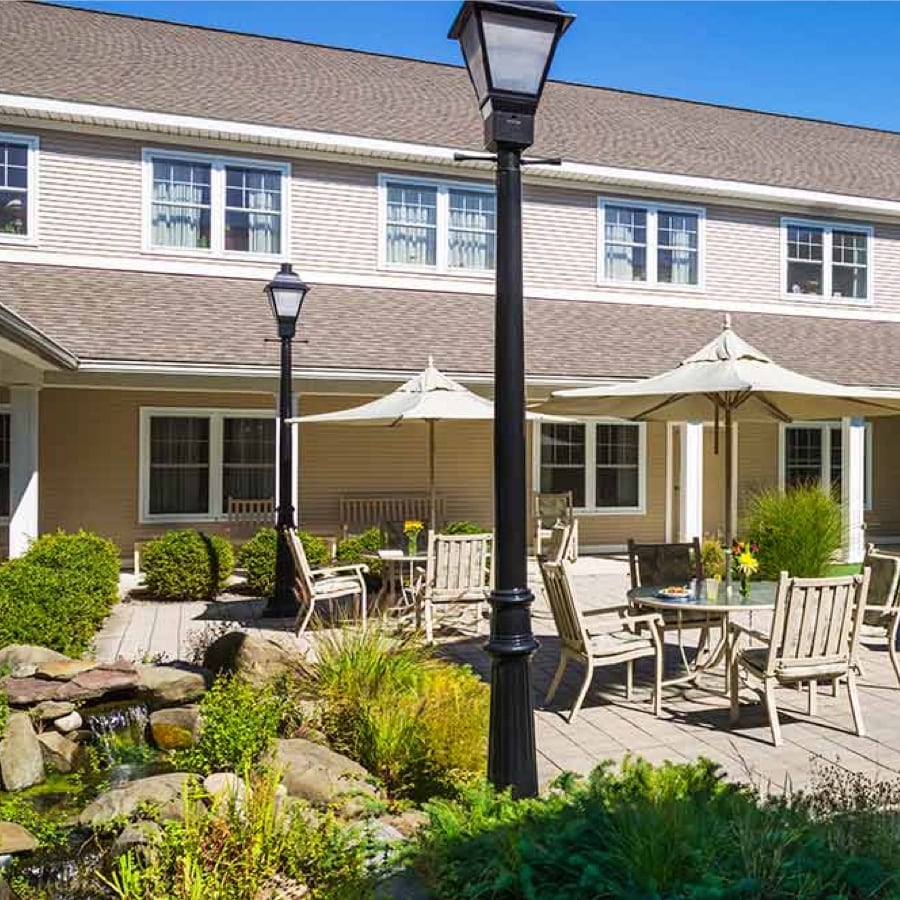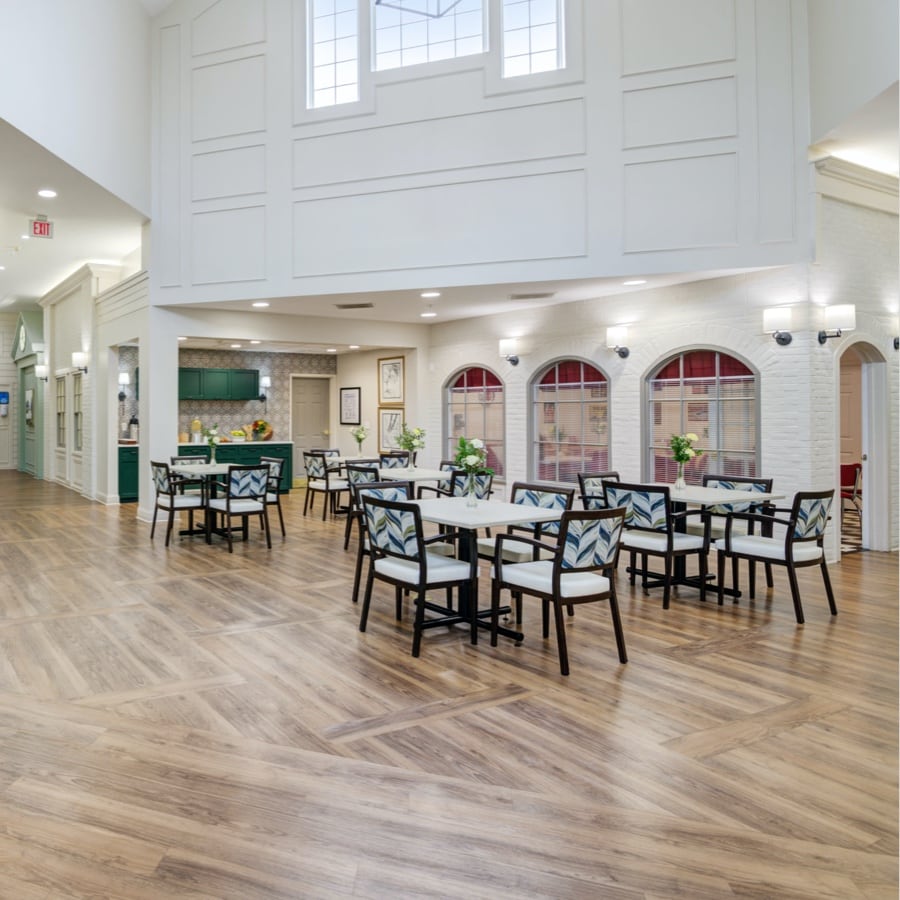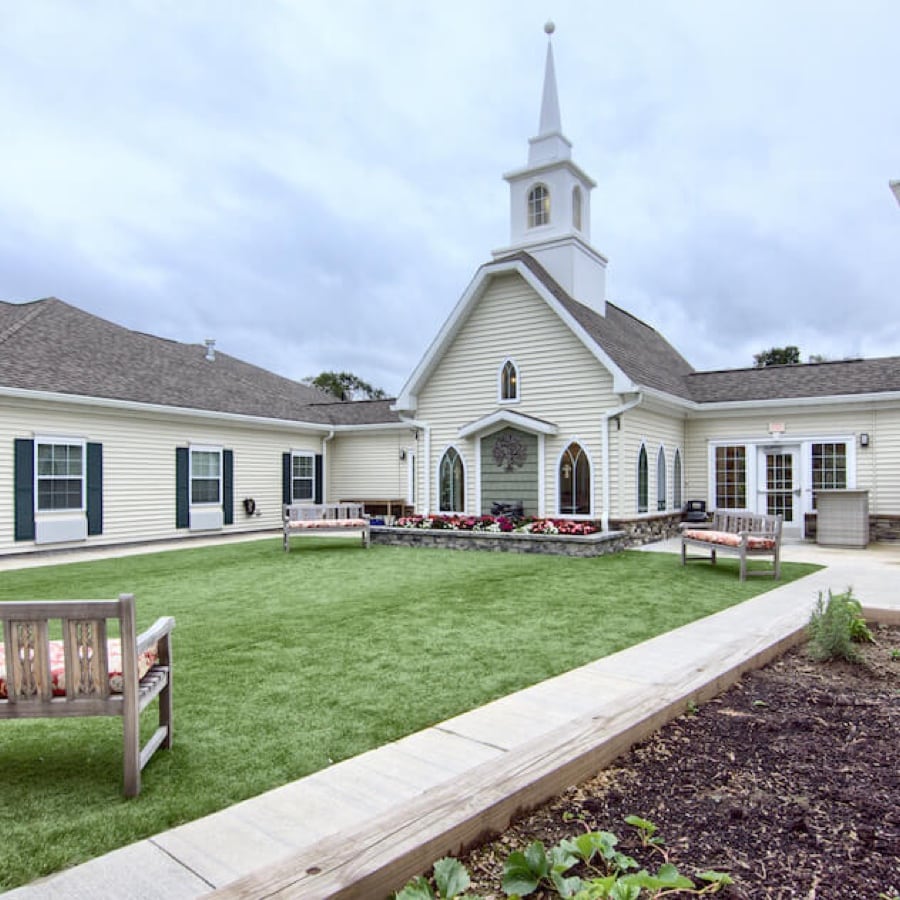Aging at home. It’s enticing to envision being able to remain nestled in your comfortable, familiar home throughout your entire life—but is it realistic, especially when you consider changes in your health, safety issues, costs and more?
Before you decide about aging at home, keep your ultimate goal in mind—to stay as independent as possible, enjoying the company of your peers while experiencing every day as fully as possible. To make this happen, you need a plan that takes into account future costs as well as what level of support you’ll likely have. Otherwise, you could find yourself in an unhealthy and unsafe living condition, isolated, and with a reduced quality of life.
When considering aging at home, ask yourself, are you set up for safety?
- Getting around at home and elsewhere.
Mobility is often a concern as people grow older, especially when it becomes an issue overnight. Consider that you might one day require a walker, wheelchair or scooter around your home. For transportation to the grocery store, hair salon, bank or other service, can you rely on someone else to drive you? Do you feel confident relying on public transportation or hiring a private escort?
- Safety concerns.
Do you feel secure in your neighborhood? Neighbors move away and familiar faces can disappear over the years, making it harder to have a reliable helping hand or extra set of eyes. Relying on 24-hour help while aging at home might require an emergency pendant or similar device so someone is notified should you fall or become suddenly ill.
- Daily chores.
Aging at home can mean you’re still responsible for your daily duties, like housework, meal preparation, repairs and maintenance, yard cleanup, clearing icy sidewalks and more. Family and friends may not always be able to assist you. Consider how you will pay for the services you need if you become unable or unwilling to do these tasks yourself.
- Future care needs.
While no one can predict the future, it is wise to give thought to how you will handle future care decisions, particularly if you’re aging at home. As well as the cost, make a plan for who will make the decisions for you if you are unable. If you can receive care at home, your house will likely require some modifications for safety, such as wall rails, safety features in the bathroom, and possibly even a ramp…all costs you’ll have to cover either through Medicare or private pay.
- Isolation.
Aging at home often can lead to long periods of isolation and loneliness, which is harmful to both the emotional and physical health of seniors. A study by the University of California-San Francisco concluded that those who self-identify as lonely have a 59% greater risk of health decline. Being around others on a regular basis, especially your peers, can be both stimulating and soothing, and is considered a major component of healthy aging.
Consider the alternative: start a new beginning surrounded by others like you.
One reason many seniors cling to the notion that aging at home is their best option is they hold many misconceptions about senior living (it’s boring, I will lose my independence, too costly, like a nursing home, etc.) The reality is: most seniors who live in today’s vibrant and modern senior living communities say they wished they’d made the decision to move in sooner, due to the numerous opportunities for companionship, wellness, lifelong learning, delicious dining, maintenance-free living and the simple joys of having someone close by who shares their memories and wants to stay engaged and connected.
Start your new chapter at Peregrine Senior Living
At Peregrine Senior Living, it is our goal to help our residents embrace all the many new opportunities awaiting them in this exciting phase of life. We invite you to learn more about The Peregrine Way™ and how we empower our residents to thrive each and every day. Schedule a tour of our campuses and find out if we are a good fit for your future.











